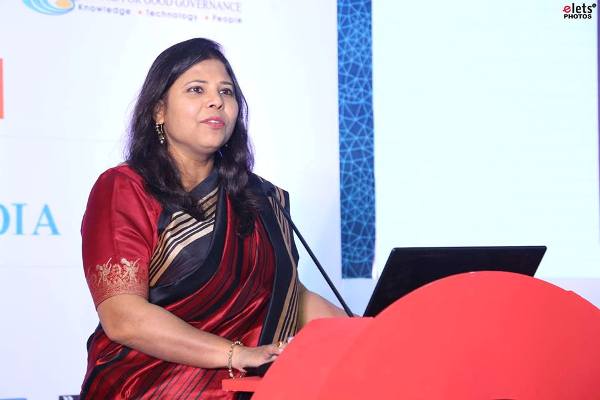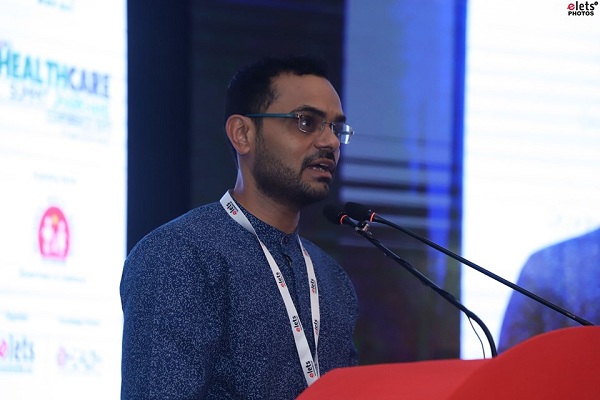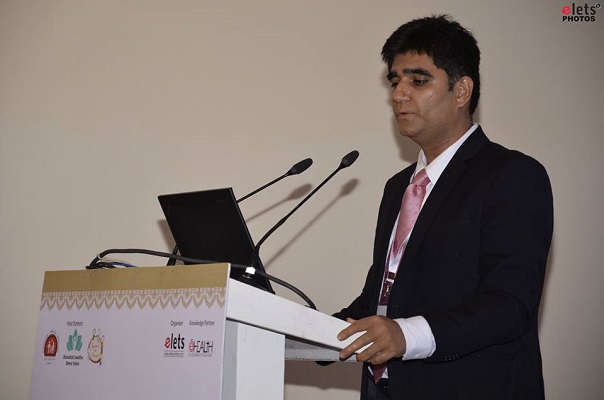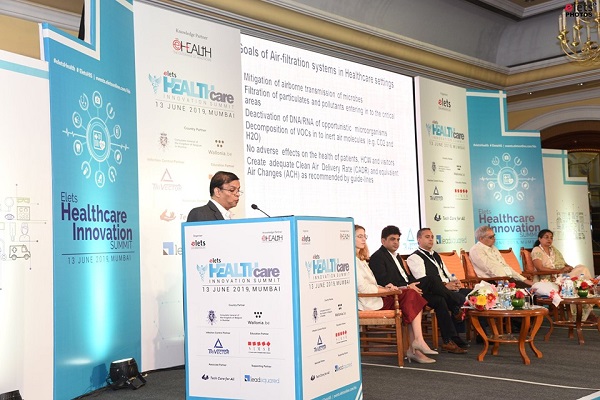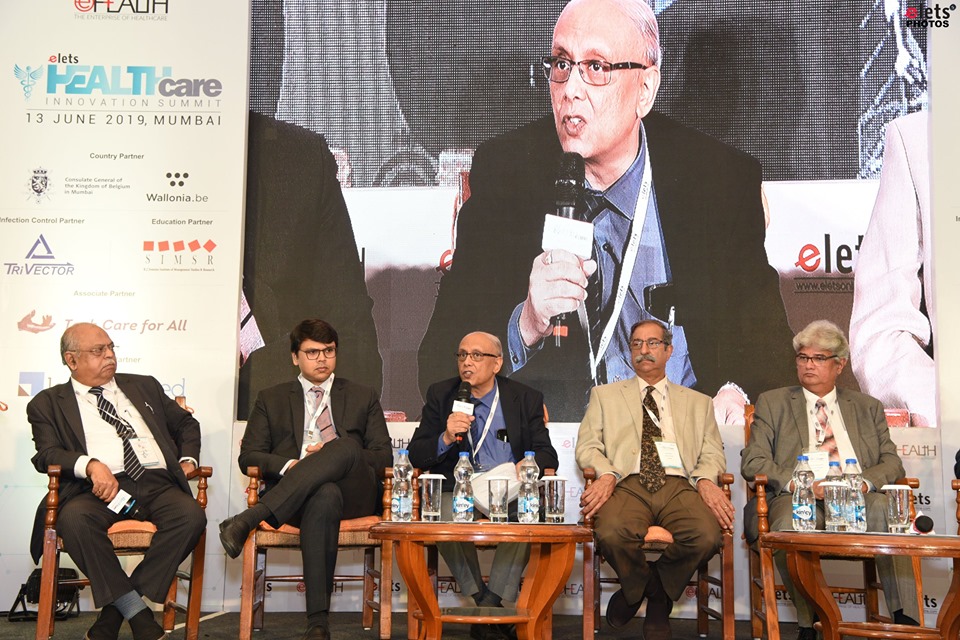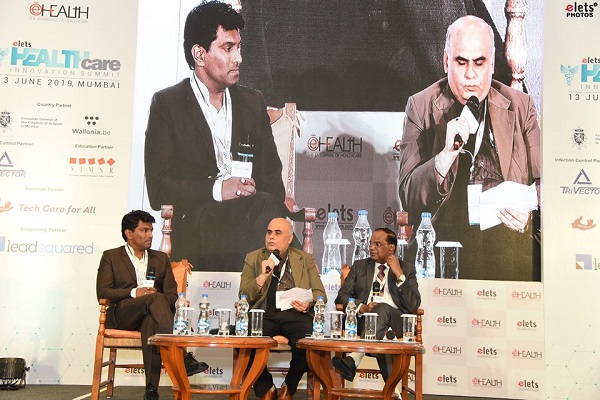Elets Exclusive! Most PPPs are failing due to translucency & inefficiency, says Arpita Khare, Centre for Good Governance, Govt of Telangana
Speaking at the Healthcare Innovation Summit 2019, Hyderabad, Arpita Khare, Director, Centre for Good Governance, Government of Telangana said, “The Centre for Good Governance is trying to strengthen the Government in terms of egovernance and technology aspects so that they can deliver more. We are into policy formulations, assessment and evaluation of various schemes of Government, blockchain governance and mobile governance. If institutional capacities are properly monitored and accessed, PPP model could be more effective.”
Focusing more on strengthening of the government through Information Technology, Khare said, “A lot of IT initiatives have been taken place across the country. But the challenge lies in its integration. If the government functionaries have to take decisions or real time information based on which they can make decisions, then the integration process can evolve and solutions can be provided.”



Why PPPs are failing?
Underlying the reasons for the failure of PPP, Khare commented, “Most PPPs are failing due to mistrust between the PPP partners, translucency, inefficiency etc. In an effort to bring out the technological solutions for the same, emerging technologies such as Artificial Intelligence, Machine Learning, Blockchain, IoT etc. can help in controlling this gap.”

Elaborating further, Khare said, “If institutional capacities are monitored and assessed, then they can reach out to their well defined goals. If you see the government policies and their formulations, they are so specific and targeted. But when it comes to implementation, there is a symmetrical balance when it goes to the ground level. That is when the role of Information Technology emerges.”

Mentioning the initiatives taken by Centre for Good Governance, Khare said, “We have been providing a lot of IT related solutions and working closely with the Telengana and Government of India. Last year, we did conceptualization for the decision support system for NPCB (National Programme for Control of Blindness). The recent step being taken was the Rehabilitation Center with National Health Mission along with the key recommendations.”
Making patient powerful through IT?
Talking about leveraging the IT solutions, Khare said, “We have developed a mobile application called the Super APP for the government of Telangana. The issue with government of Telengana was that the supervisory staffs wanted to monitor the middle layer. This application was developed in such a way that whatever services they were having, we tried enabling them in the application.”
Role of PPP in developing sustainable healthcare system
With the time of change for the healthcare sector globally, today patients are better informed and have higher expectations to receive better healthcare services.
Commenting on the same, Khare said, “Apart from strengthening hospitals and infrastructure, there are newer models like digital health that is gaining momentum in the present scenario. Digitisation of health records is a major task, especially in the public sector with its huge and complex database system. Most PPPs are failing due to mistrust between the PPP partners, translucency, inefficiency etc. Emerging technologies like artificial intelligence, machine learning, bockchain are all the solutions to that.”
post_id:uld_count:
Cookie not set
Value 1: 0
Value 2: 10




